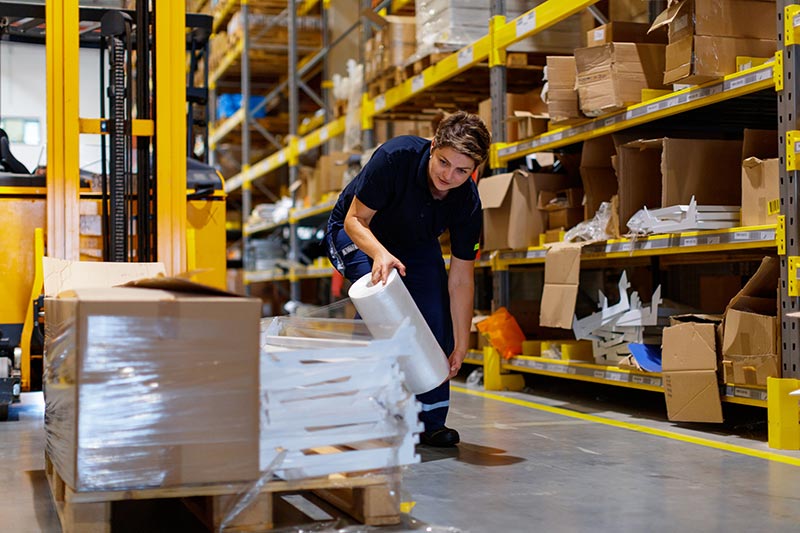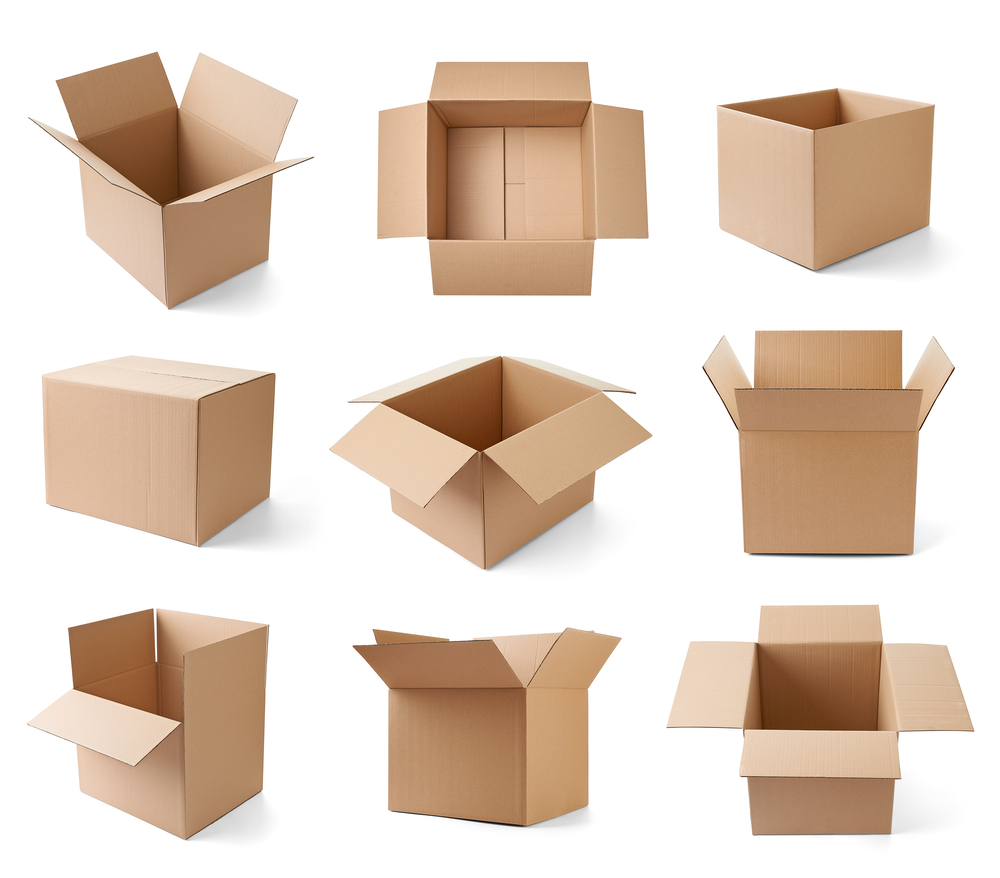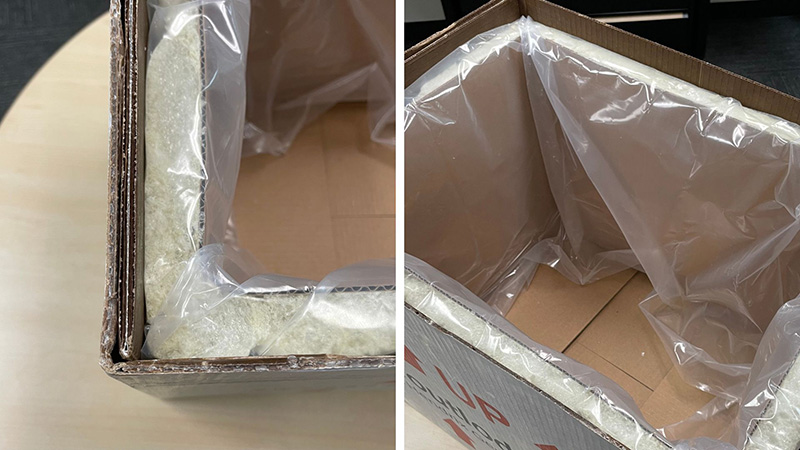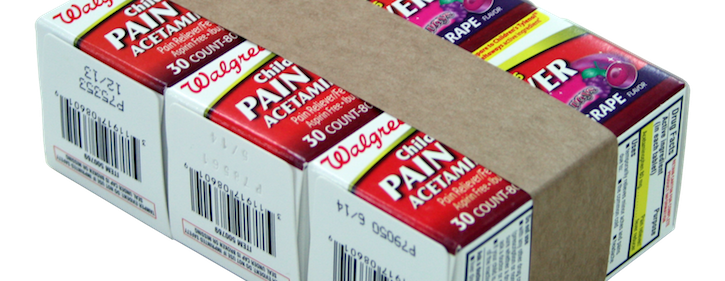Why Use Pallet Strapping for Storage or Shipping
When it comes to managing an effective supply chain, adopting efficient process improvements can have a major impact on a company’s cost savings in the long-run. Whether for shipping or storage, properly securing the product on a pallet is a necessary step in the supply chain, but often overlooked by many brands. Without knowing the full benefits of pallet strapping, it’s understandable to see it just as an extra cost.
Pallet strapping, also known as bundling or banding, is the process of unitizing inventory together. By using pallet straps, a brand can have the added assurance of knowing its significant investments will be properly shipped or stored in one piece.
The Benefits of Pallet Strapping
Here are three key benefits of using pallet strapping to secure your product:
Benefit #1: Damage Protection for Your Product
One of the most important benefits of pallet strapping is that it helps keep the product contained during shipping or storage. Pallet straps help extend the life of the product by preventing items from shifting and getting damaged during transit.
Benefit #2: Employee Safety
If you don’t properly secure your product, there’s a chance that one or more pieces could fall and injure employees on the production floor. Using pallet straps help minimize the risk of workplace injuries and enhance safety as the product travels through the supply chain.
Benefit #3: Space Savings
When it comes to storage, pallet strapping materials require less floor space compared to alternative pallet securing methods, such as pallet wraps or stretch film. With a smaller footprint, one coil of pallet strapping can provide several thousand feet of material while taking up less room in the warehouse.
Different Types of Pallet Strapping Materials
There’s a wide variety of pallet strap materials available. Each offers unique advantages for product containment, so it can be helpful to understand the differences between these materials and their intended applications.
When it comes to pallet straps, elongation and recovery are two key factors to keep in mind. Elongation refers to a strap’s ability to stretch and bend after it is applied, while recovery refers to a strap’s ability to return to its original state after it has expanded.
There are three main types of pallet strapping: polypropylene, polyester, and steel.
Polypropylene Strapping
Polypropylene is a type of plastic strapping, often used for light-to-medium duty loads or for applications that require less breaking strength. While this type of material offers a high level of elongation, consistent pressure to polypropylene strapping can result in a low recovery capability. This material can be secured using buckles and tightened by hand, or by a tensioner for more tightly secured loads.
Polyester Strapping
With a high break strength and recovery capability, polyester strapping is another type of plastic strapping that works great for loads that are susceptible to shifting during transit. Polyester strapping requires a tensioner (for pulling the load tight). It also requires equipment to crimp a seal around the strapping or a sealer that welds the material together.
Steel Strapping
Steel strapping is the oldest method in shipping, albeit the costliest. It provides superior strength for heavy-duty applications, such as shipping industrial products. Due to the nature of steel, it offers extreme durability and can withstand high temperatures. Steel strapping requires a special tensioner, seals, and sealing tools.
A Sustainable Option for Load Bundling: Paper Strapping
If you need to bundle a load together outside of a pallet, such as multiple corrugated shipping boxes, a sustainable option to consider is paper. Believe it or not, paper strapping can perform comparably to other materials in terms of strength and durability.
Along with being 100 percent recyclable, this material is among the most cost-effective options for light-to-medium duty bundling applications. Since you can remove paper strapping without the need for specialized tools, this reduces the risk of potential injuries and product damage.
Subscribe
Share this post
Similar Articles

How to Select Stretch Wrap
Considering your product lifecycle, load preparation processes, and packaging budget can help you de …

What is the Difference Between ECT and BCT for Corrugated Boxes?
ECT and BCT are two different ways of estimating the stacking strength and performance of a box.

Evolving Packaging Solutions: Foam In Place
Foam in place solutions are great for cushioning, making them one of the most effective protective p …

